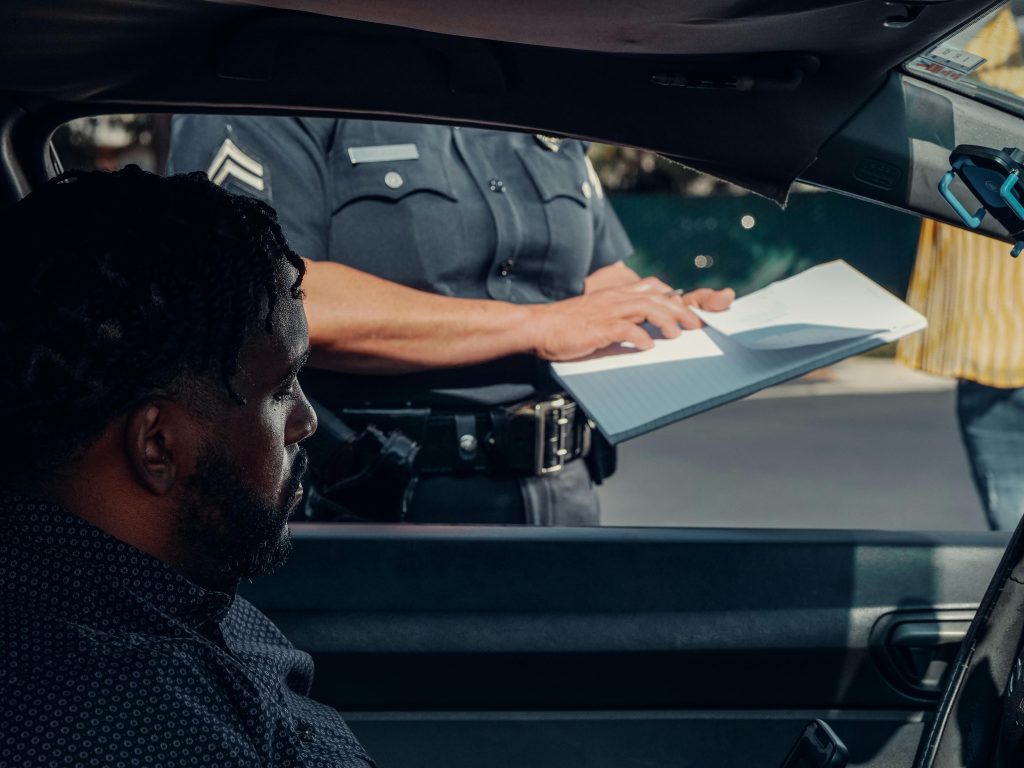
Top Tips for Success in Driving
Introduction
Driving is a life skill that offers independence, freedom, and convenience—but it also comes with serious responsibilities. Whether you’re preparing for your driving test, returning to the road after a break, or simply aiming to become a more confident driver, knowing what separates a good driver from a great one is essential.

In this article, we’ll break down top tips for driving success that apply to learners and experienced drivers alike. From mastering road awareness to adopting the right mindset behind the wheel, these insights will help you stay safe, calm, and in control on Australia’s roads.
1. Master the Basics—and Keep Practising
Solid driving starts with a strong foundation. Even if you’ve passed your test, it’s important to regularly revisit the core skills.
Key fundamentals:
- Smooth acceleration and braking
- Mirror–signal–manoeuvre technique
- Understanding road signs and markings
- Accurate lane positioning and turning
- Checking blind spots every time you change lanes
Tip: Practice in varied conditions—wet roads, night driving, or peak-hour traffic—to expand your comfort zone.
2. Stay Calm and Confident Under Pressure
Driving confidence isn’t about being bold—it’s about staying composed and making clear decisions, especially in stressful moments.
How to build calm driving habits:
- Take deep breaths if you feel anxious
- Leave early to avoid rushing
- Avoid aggressive drivers and keep a safe distance
- Don’t let mistakes fluster you—correct safely and continue

Confidence grows through repetition, but calmness comes from preparation and mindset.
3. Keep a Safe Following Distance
Tailgating is not only illegal—it’s also dangerous. Keeping a 3-second gap (or more in wet conditions) gives you time to react if the car ahead suddenly brakes.
How to judge the 3-second rule:
- Pick a fixed point on the road (like a sign or tree)
- When the car in front passes it, start counting
- You should reach that point after at least three seconds
In poor visibility or bad weather, increase the gap to 4–5 seconds for extra safety.
4. Scan, Don’t Stare
Good drivers are always scanning the road ahead, not fixating on the car directly in front of them.
What to watch:
- Traffic patterns two or three cars ahead
- Pedestrians, cyclists, and parked vehicles
- Roadworks, intersections, and upcoming signs
- Rear-view and side mirrors every 8–10 seconds
Scanning improves awareness and gives you more time to respond proactively—not reactively.
5. Understand Defensive Driving Techniques
Defensive driving is about anticipating hazards before they happen. It’s a mindset that protects you from the unexpected.

Defensive driving tips:
- Assume other drivers might make mistakes
- Watch for subtle clues (e.g. wheels turning before a turn signal)
- Leave escape space on both sides of your vehicle when possible
- Stay visible—avoid other drivers’ blind spots
The best drivers are alert, not aggressive.
6. Learn to Handle Distractions
Modern vehicles come packed with distractions—music, phone calls, infotainment systems. Learning to manage these is key to safe driving.
How to reduce distractions:
- Set your GPS and playlist before you start driving
- Use “Do Not Disturb” mode while driving
- Never text or scroll while in control of the vehicle
- Ask passengers for help if something requires attention
Fact: Even hands-free phone use can reduce reaction time significantly. Keep your mind on the road.
7. Keep Your Vehicle in Top Condition
Even the best driver is limited by an unreliable car. Routine maintenance helps you stay safe and avoid breakdowns.
Regular checks to perform:
- Tyre pressure and tread depth
- Engine oil, coolant, and brake fluid levels
- Headlights, brake lights, and indicators
- Wipers and washer fluid
Tip: Schedule a professional service every 6–12 months or according to your manufacturer’s recommendation.
8. Respect the Road Rules (Even When No One’s Watching)
It may sound obvious, but following the rules consistently is what makes you a reliable and respected driver.

Don’t ignore:
- Speed limits—even on quiet streets
- Stop signs and give way rules
- Indicators, especially at roundabouts
- School zones and pedestrian crossings
Good habits start with small actions. Make them automatic.
9. Be Weather-Aware
Australia’s weather can be unpredictable—rain, sun glare, fog, and wind can all affect road safety.
Driving in challenging conditions:
- Wet roads: Brake early and gently, avoid puddles
- Sun glare: Use your sun visor and polarised sunglasses
- Fog or smoke: Use fog lights, drive slowly, increase following distance
- High winds: Watch out for cyclists and motorcyclists
Always adjust your speed and attention based on visibility and traction.
10. Keep Learning and Stay Updated
Driving is a skill that evolves with road rules, vehicle technology, and traffic patterns. Stay sharp by refreshing your knowledge regularly.

Ways to stay informed:
- Read your state’s road user handbook
- Watch refresher videos or defensive driving tutorials
- Consider advanced driving courses
- Learn about modern vehicle features (like lane assist or cruise control)
A great driver is never done learning.
Conclusion
Success on the road isn’t just about passing your test—it’s about developing smart, consistent habits that make you a safe, confident, and respectful driver. By mastering the basics, staying alert, and being mindful of others, you set yourself up for long-term success every time you get behind the wheel.
Next step:
Pick one tip from this list to apply during your next drive. Small adjustments create long-term improvements—and every journey is a chance to sharpen your skills.



